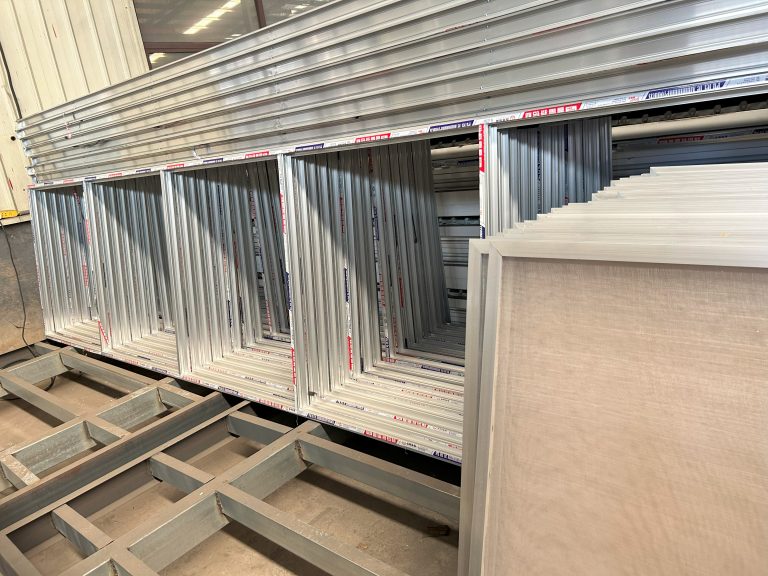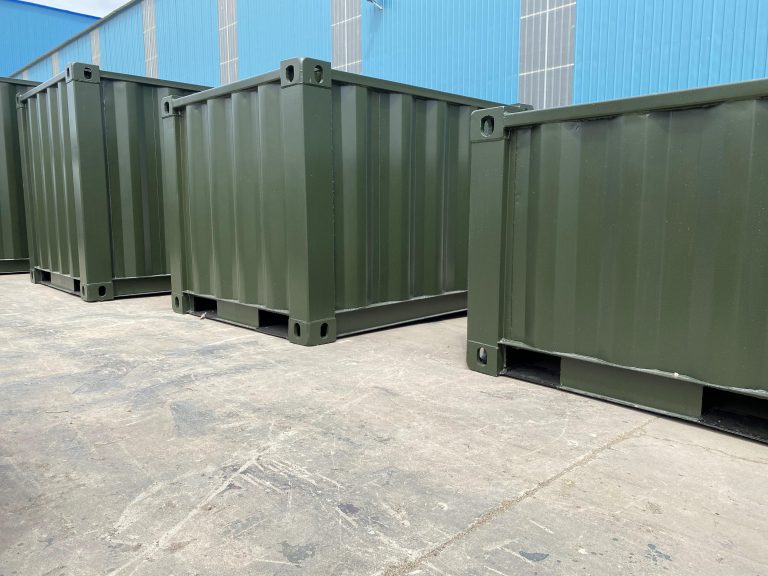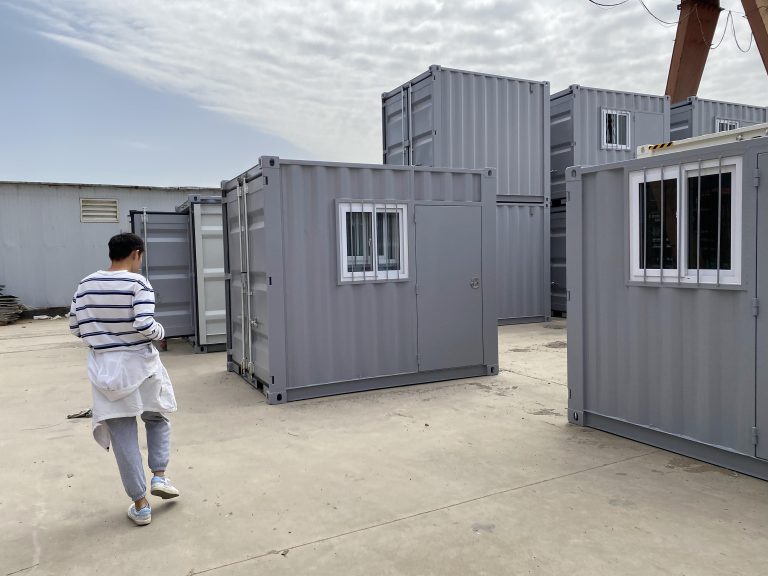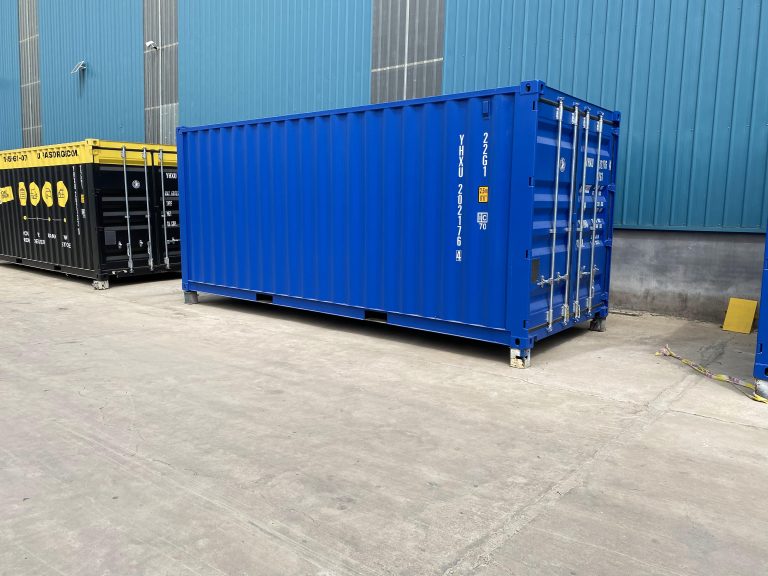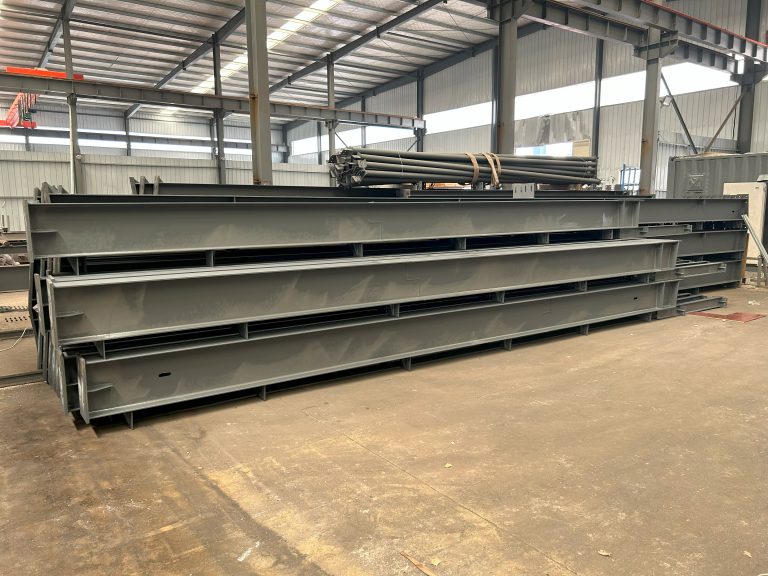The inheritance and innovation of steel structure design in China
Table of Contents
The Evolution of Steel Structure Design in China
Steel structure design has played a significant role in the development of modern architecture in China. The use of steel in construction has allowed for greater flexibility and creativity in building design, leading to the creation of iconic structures that have become landmarks in cities across the country. The evolution of steel structure design in China can be traced back to the early 20th century, when Western architectural influences began to make their way into the country.
One of the earliest examples of steel structure design in China is the Shanghai Exhibition Hall, which was built in 1910. This building featured a steel frame that allowed for large open spaces and soaring ceilings, a departure from the traditional Chinese architectural style of enclosed spaces and low ceilings. The use of steel in the construction of the Shanghai Exhibition Hall marked the beginning of a new era in Chinese architecture, one that embraced modern materials and techniques.
In the decades that followed, steel structure design continued to evolve in China, with architects and engineers pushing the boundaries of what was possible with this versatile material. One of the most famous examples of this innovation is the Oriental Pearl Tower in Shanghai, which was completed in 1994. This iconic structure features a series of steel spheres and columns that rise to a height of 468 meters, making it one of the tallest buildings in China. The design of the Oriental Pearl Tower showcases the creativity and ingenuity of Chinese architects, who have embraced steel as a key component of their work.
The inheritance of steel structure design in China can be seen in the many buildings that have been inspired by the country’s rich architectural history. For example, the National Stadium in Beijing, also known as the “Bird’s Nest,” was designed for the 2008 Olympics and features a complex steel lattice structure that mimics the intricate patterns found in traditional Chinese woodworking. This blending of modern materials and traditional design elements is a hallmark of Chinese architecture, and has helped to create a unique and distinctive style that is recognized around the world.

In recent years, Chinese architects have continued to push the boundaries of steel structure design, exploring new forms and techniques that challenge conventional ideas about what is possible with this material. One example of this innovation is the Guangzhou Opera House, which was completed in 2010. This stunning building features a series of curved steel panels that create a dynamic and fluid form, challenging the traditional notion of what a concert hall should look like. The Guangzhou Opera House is a testament to the creativity and vision of Chinese architects, who are constantly pushing the boundaries of what is possible in steel structure design.
As China continues to grow and develop, the use of steel in construction will only become more prevalent. The inheritance and innovation of steel structure design in China is a testament to the country’s rich architectural history and its commitment to pushing the boundaries of what is possible in building design. From the early days of the Shanghai Exhibition Hall to the modern marvels of the Oriental Pearl Tower and the Guangzhou Opera House, steel structure design in China continues to inspire and amaze, showcasing the creativity and ingenuity of Chinese architects and engineers.
Advancements and Innovations in Steel Structure Design in China
Steel structure design has played a crucial role in the development of modern architecture, providing strength, durability, and versatility to buildings and structures around the world. In China, the inheritance and innovation of steel structure design have been particularly noteworthy, with a rich history of utilizing steel in construction dating back to ancient times.
One of the key aspects of steel structure design in China is the inheritance of traditional techniques and craftsmanship. Chinese architects and engineers have long been known for their meticulous attention to detail and precision in construction, and this tradition has been carried forward into the modern era. The use of steel in traditional Chinese architecture can be traced back to the Tang Dynasty, where it was used to create intricate lattice windows and decorative elements in temples and palaces.
In recent years, China has seen a surge in the use of steel in modern construction, with innovative designs pushing the boundaries of what is possible with this versatile material. One of the most notable examples of this is the Bird’s Nest stadium in Beijing, which was built for the 2008 Olympics. The stadium’s intricate steel lattice structure was a marvel of engineering, showcasing the potential of steel in creating unique and visually stunning architectural designs.
Another area where China has made significant advancements in steel structure design is in the development of sustainable and environmentally friendly buildings. With a growing focus on green building practices, Chinese architects and engineers have been exploring ways to reduce the carbon footprint of construction projects. Steel, with its recyclability and durability, has emerged as a key material in this effort, with many new buildings incorporating steel in innovative ways to improve energy efficiency and reduce waste.
One of the challenges facing steel structure design in China is the need to balance tradition with innovation. While traditional techniques and craftsmanship are valued for their cultural significance and aesthetic appeal, there is also a push towards modernization and the adoption of new technologies. Finding the right balance between these two approaches is crucial to ensuring that China’s steel structure design continues to evolve and thrive in the future.
Despite these challenges, the future looks bright for steel structure design in China. With a rich history of innovation and a growing focus on sustainability, Chinese architects and engineers are well-positioned to continue pushing the boundaries of what is possible with steel. By building on the inheritance of traditional techniques and craftsmanship while embracing new technologies and design principles, China is poised to remain at the forefront of steel structure design for years to come.
In conclusion, the inheritance and innovation of steel structure design in China have been instrumental in shaping the country’s architectural landscape. From ancient temples to modern skyscrapers, steel has played a key role in creating some of China’s most iconic buildings. By balancing tradition with innovation and embracing sustainable practices, Chinese architects and engineers are paving the way for a bright future for steel structure design in China.

